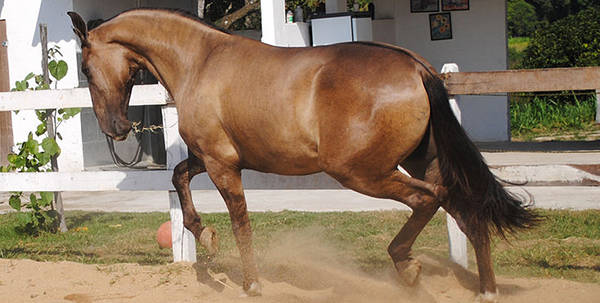
When most people think of colorful horses, duns don’t often come to mind. Believe it or not, the dun is one powerful dilution gene that can display in a number of colors & striping patterns.
An Honest Mistake
Due to the wide variety of colors, duns can be (and often are) mistaken for a range of other colors. However there are certain physical markings that must be present to prove an animal carries a dun gene. Interestingly enough, the Arabian and Thoroughbred breeds do not carry the dun gene.

Knowing For Sure
The sure way to determine a horse’s dun-ness is to look for primitive markings, this dilution always displays a dorsal stripe. They may also show tiger striping on their legs, shoulder striping or cobwebbing on the forehead & chest.
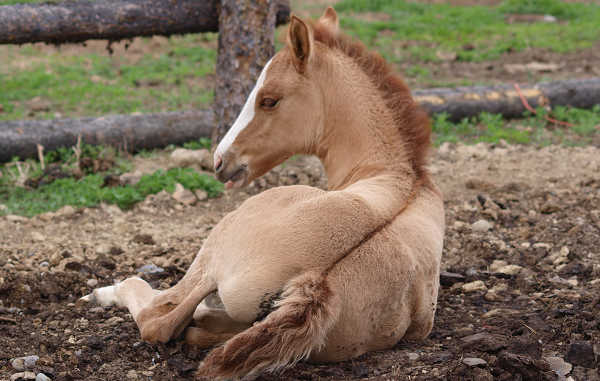
Colorful Dun
The dun gene has an effect on almost any coat color it touches and can be combined with other dilutions, modifiers and white patterns. For the sake of time, I’m going to stick to the basics here and show you the dun effect on basic black, chestnut and bay horses.
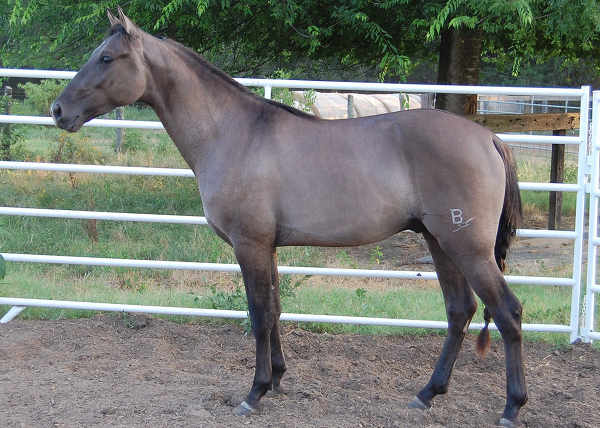
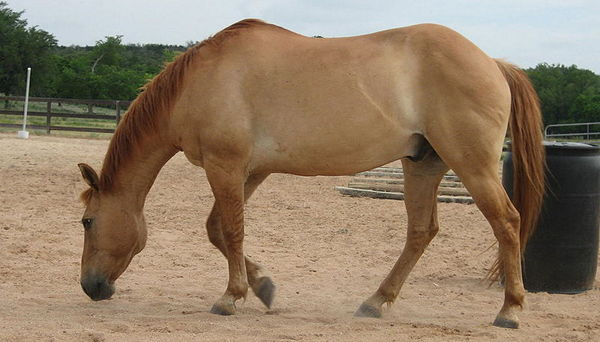
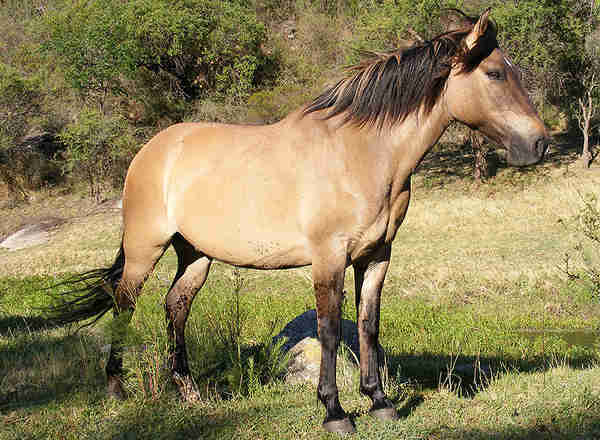
Tough Guys
Duns are rumored to be well liked back in the days of cowboys, as they were thought to be the toughest animals. Although I’ve heard that about chestnuts as well, it’s worth noting. A wide range of breeds from the Americas carry a dun gene, no doubt a result of hardy Spanish animals that made the journey over from Europe. Be sure to learn more about duns and the rest of the horse rainbow in the colors section.
